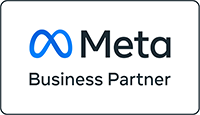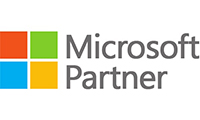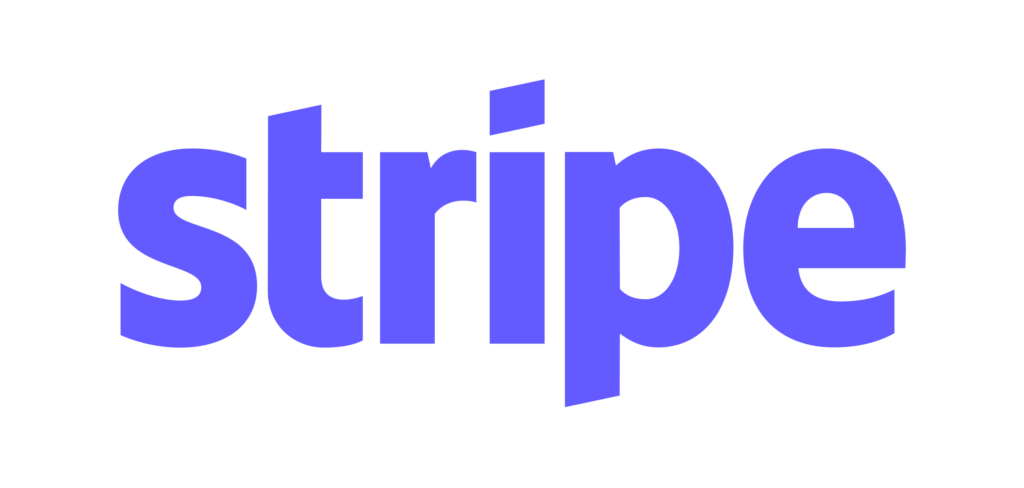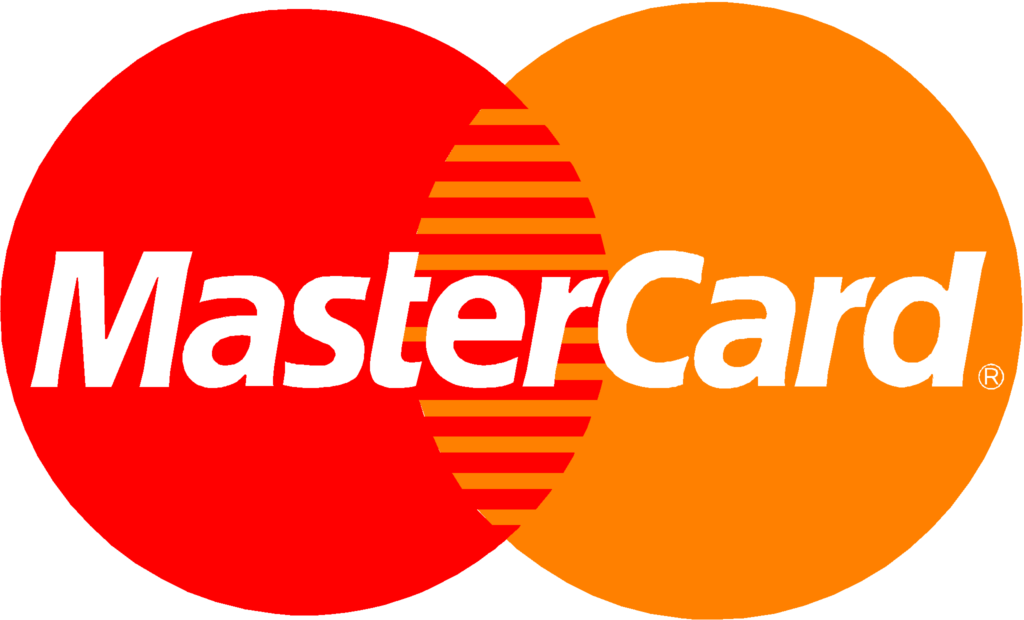The monthly organic traffic escalated from 1600 to over 5383 in six months.
This represents an increase of 236.4%.
Start date: 17 August’ 2021
Date of Analysis: 17 February’ 2022
We will break down the full SEO strategy later.
But let’s first look at the locksmith site in a bit more detail.

You can see consistent growth over a 6-month period and even more growth recently.

A Closer Look At The Site
A Locksmith company from Australia approached us in August 2021 and they already had some online presence. They wanted to improve their rankings in the major search engines to increase their website traffic and get more customers. At the time they signed for our SEO services they had an organic traffic of 1600, coming from the major search engines.
The site in question is in a competitive niche with an aim to provide services and to rank in cities where they may not be physically located. As well as improving existing pages with SEO optimized content, it was important for our client to get a nice blend of relevant high-quality links.
The Process: Analysis and Approach
- Domain rating
- Organic Traffic
- Organic Keywords
- Referring Domains
- Traffic Value
1. Keyword Research

Keyword research provides you with specific search data that can help you answer questions like:
- What are people searching for?
- How many people are searching for it?
- In what format do they want that information?
First, we chose all the possible keywords to start your research and then determined whether the chosen possible keywords are a good fit for our SEO strategy. We did this by examining the Keyword Difficulty and the Search Volume of all the chosen keywords.
We then did an extensive keyword research to find out all the low hanging fruits as well as other related keywords that we could rank for. All this is done while keeping in mind that there is a good traffic potential for the keywords we have spotted.
Tools used for Keyword Research: Ahrefs, Semrush.
2. Competitor Analysis

SEO competitive analysis involves researching the links, keywords, content, and more of your SEO competitors in order to reverse engineer the most successful elements of these tactics into your own SEO strategy.
There are many ways to do a competitive analysis for SEO, but the basic principle works like this: analyze what’s working for your competition (keywords, content, links, etc.) and leverage this intelligence to improve your own SEO efforts.
Competitor analysis helps successfully answer questions like:
- Who are my actual SEO competitors?
- What keywords should I target?
- What topics should I cover?
- Where can I find links?
- What do I need to beat the competition?
We carried out a comparison between our client’s website and its organic competitors in the locksmith business niche. It’s a smart idea to do some competitive research, and find out what keywords our competitors’ sites are ranking for.
Tools used for Competitor Analysis: Audiit.io, Ahrefs, Semrush.
3. Technical SEO Audit

Execution of a comprehensive Technical SEO audit on any webpage within any site, clearly defines what’s working, what’s not, and action steps on what to work on first.
The end-user receives a comprehensive audit that lets them know the state of a specific webpage, along with specific action steps on what to do next.
So, a Technical Audit is required in order to fully optimize a web page for more organic traffic from search engines.
We went through an 80 point checklist that we go through while doing the technical audit for the client. Some of the points we go through include:
- Does the site have correct Robots.txt
- Is the page indexed?
- Does the page have enough crawlable content and is all of if accessible to search engines?
- Does the page load fast?
- Is the page mobile-friendly/responsive?
- Is the page URL free of redirect issues?
- Is Google Analytics properly tracking sessions on the page?
And many more check points that we go through like identifying Crawl errors, errors with indexing, hosting, identifying thin content pages, etc.
Tools used for Technical SEO Audit: Google Analytics, Google Search Console, Screaming Frog and Ahrefs.
We then designed and implemented an SEO campaign that included on-page and off-page optimization around their targeted keyword terms.
4. On-page Optimization

On-page factors are important elements of a webpage that influence search engine ranking. They influence rankings and have a big impact on user experience.
It tells Google:
- What your page is about (relevance)
- What keywords you want to rank for (targeting)
- How valuable your content is (quality)
On-page SEO is quick to implement and within your direct control. Compared to off-page efforts such as link building which take months or years to execute and come with a lot of moving variables
Thing we kept in mind while doing the onpage optimization:
- Target keyword placement – We placed the keyword in the SEO title, URL, and meta description. We even focused on keeping the URLs short and descriptive. We included the target keyword (or a close variant) somewhere in the first paragraph of your body copy.
We made sure the title is wrapped in an H1 tag. Google views the H1 tag as your post headline, and helps bots quickly understand the topic of your post. We included semantic and secondary keyword variations in H2 and H3 tags spread across the page.
- Secondary keyword variations (LSI) – We included LSI in the Content and in the subheadings across the page as including LSI can not only help boost relevancy, it can also help expand your keyword footprint and organic traffic potential.
- Images Alt Text – The images present on the website that a missing alt text or a title tag were fixed and their alt texts were set in a way that accurately described what the image is about while using the target keywords in the alt text, wherever possible. We just tried to keep it natural.
- Internal and External Links – We saw that the client website had untapped opportunities for interlinking their internal pages. We identified all the internal link opportunities and tried to link as many pages as we could to drive traffic to other pages as well.
Not linking out to (quality) external resources is a common on-page mistake and was seen on this site as well. So this was the thing that we fixed.
Linking out to related content is a relevancy signal Google. It can signal to Google that your content is a hub of quality information related to a given topic. Adding links to quality external resources of specific topics in your article is also a great way to improve the user experience.
Other things that were taken care during on page optimization of clients website include optimization HTML tag hierarchy, implementation of advance level schema, GMB embed, Map Embed, adding testimonials, etc.
Tools used for On-Page Optimization: Ahrefs, Semrush.
5. Off-Page Optimization

Search Combat builds premium links for ambitious companies. We take pride in our customized approach to link building to get our clients the rankings they need.
Our link plans are influenced by the age of your domain, the level of competition for your chosen keywords, the existing link profile of your site and your competitors site, and which areas of your website need links the most.
We paid special attention to the anchors used, focusing on achieving a natural and balanced anchor text profile and replicating the anchor ratios that the highest-ranking competitors have in the home improvement industry.
At this stage we even ensured that all name, address and phone number information was correct, complete and consistent across key sites including top tier directories such as Google My Business, etc.
We then started writing regular blog articles and distributing this content to relevant websites and implemented an on-going link building program to get high authority links from trusted and relevant sites.
6. Blogs
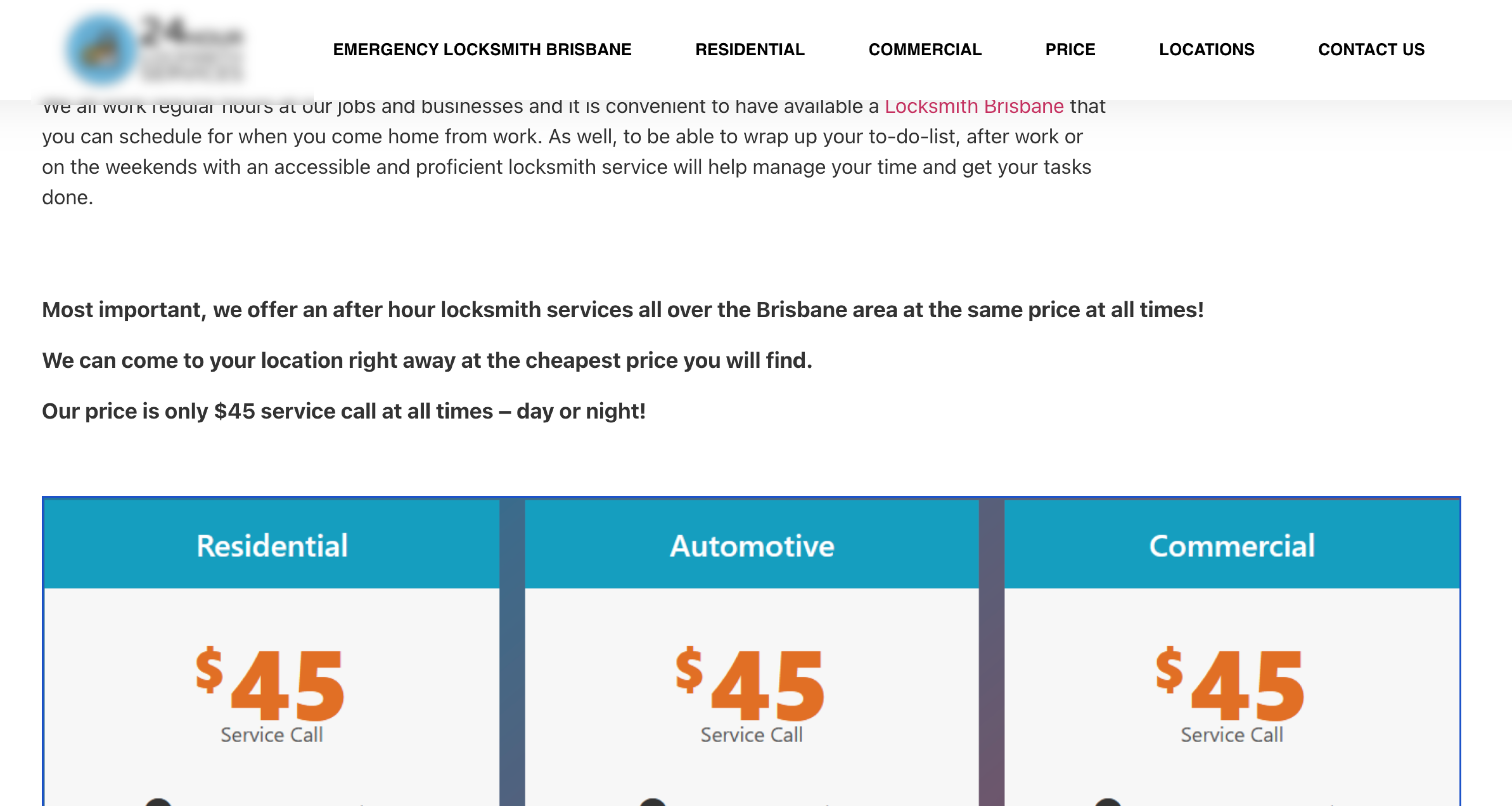
Content drives SEO success. Creating useful content for your audience is always a sound strategy, but you can take it a step further by being intentional and strategic about the content you publish. We maintained a relentless focus on SEO creating every page with search, and the opportunities available to us, in mind.
By building content that would best answer searcher intent and needs, we set our blogs up to be successful in the SERPs.
Another strategy that was fruitful was updating and improving old content using “Last Updated” post dates. Whether it be updating copy or adding a video, we found that small updates to existing content helped us in a variety of ways — it provided content freshness, increased click-through rate (CTR) and showed readers the post isn’t outdated.
The Results
Our clients traffic value went from $604 to $1,917.
That is an increase of 217.38%.

According to this, we can assume that our client have easily recovered a good portion of the money invested on our SEO Services.
By comparing the numbers at the beginning, when we started with the SEO process, and at the end, you can see the continual growth.
Final Thoughts
We continue to analyse and adjust the ongoing SEO campaign to get the best ROI for the customer. We need to keep gently tweaking our SEO strategy continually, making sure the client’s website is being found for the terms they want to be found for (and optimizing for new keywords as we discover them).
Firstly, SEO is a long-term game that takes both time and vision. Secondly, it takes a lot of work, resource, and strategy to provide effective SEO. We work tirelessly to gain results in search engine results and then have to work to sustain those results. The SEO packages we offer can provide an unbelievable ROI. And all this in such a short space of time!
How fast you grow will all depend on how much you are willing to invest in your site. As soon as people begin to see SEO for what it is – a business investment – they will no longer consider it to be “expensive”. The money that you put into your SEO campaign accurately reflects how much you’re willing to invest in your own business. Sometimes it is better to start off small and work up to larger orders once you start to see the needle moving.


